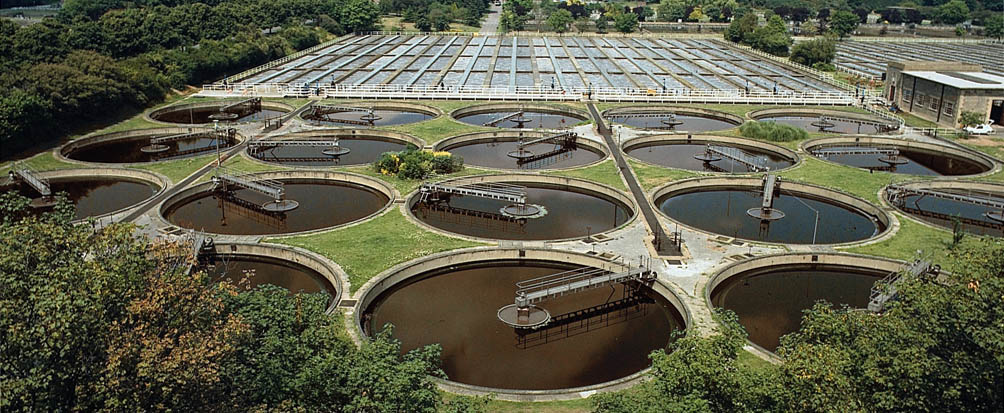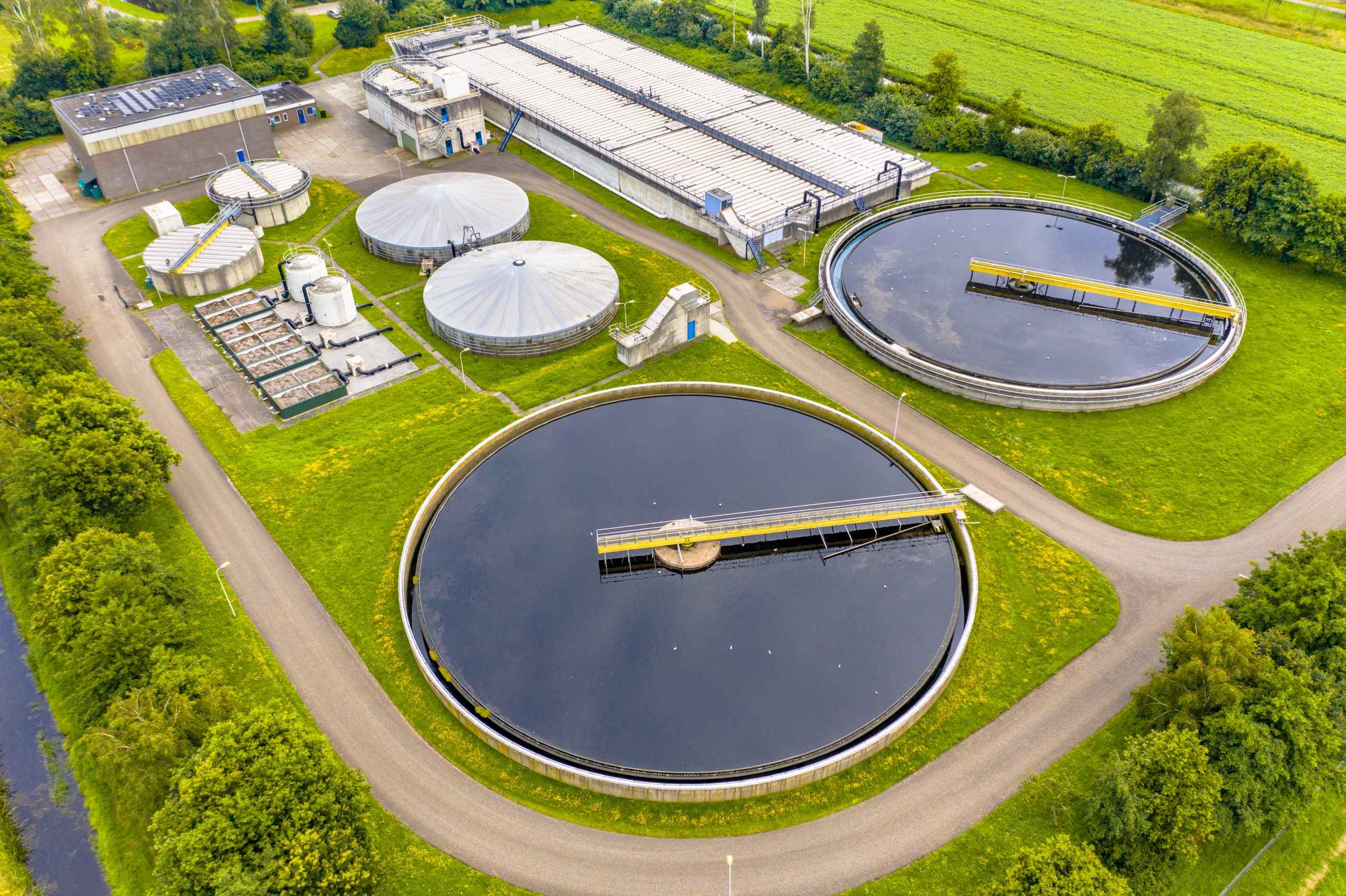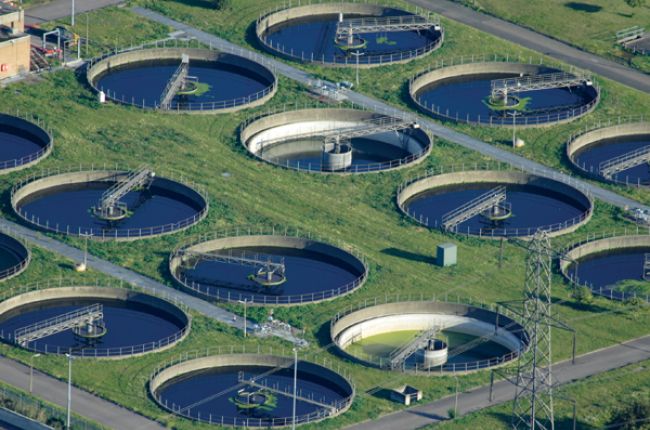Strategic Approaches to Enhance Waste Water Treatment Performance and Reduce Ecological Influence
In the realm of drainage treatment, the pursuit for enhanced performance and minimized ecological influence is a perpetual challenge that requires tactical solutions. As society faces the necessary to handle water resources sustainably, a nuanced method comes to be essential. The assimilation of sophisticated therapy innovations, energy-efficient procedures, source healing methods, boosted nutrient removal techniques, and clever tracking and control systems stands for a complex structure for attending to these pushing problems. Nevertheless, what exists at the core of this complex web of approaches is the potential to reinvent the means we come close to waste water treatment, not equally as a process of disposal, but as a beneficial opportunity for technology and environmental stewardship.
Advanced Treatment Technologies
Cutting-edge membrane layer filtration systems have actually changed advanced wastewater therapy processes, dramatically enhancing the removal of contaminants. These innovative systems operate forcibly water with a semi-permeable membrane, efficiently separating pollutants from the water stream. The membrane's tiny pores catch toxins such as bacteria, viruses, and suspended solids, allowing only detoxified water to travel through. This innovation has confirmed to be highly effective in getting rid of a large range of impurities, consisting of pharmaceuticals, heavy metals, and natural substances, which are usually testing to get rid of through traditional treatment techniques.
Additionally, membrane layer purification systems offer various advantages over conventional treatment approaches. Additionally, these systems are highly flexible and can be conveniently incorporated right into existing treatment plants or utilized as standalone units for decentralized applications.
Energy-Efficient Processes
The assimilation of energy-efficient processes in wastewater therapy systems is important for maximizing resource use and minimizing operational prices. By executing energy-efficient technologies, therapy plants can significantly reduce their carbon footprint and overall ecological impact. One key method to enhancing energy effectiveness in wastewater treatment is the utilization of advanced oygenation systems, such as great bubble diffusers or surface aerators, which can boost oxygen transfer effectiveness and minimize energy consumption. Furthermore, including energy healing systems, like anaerobic food digestion for biogas production or using excess warm for thermal procedures, can assist counter energy needs and advertise sustainability.
In addition, enhancing process control and automation via using sophisticated sensors and keeping an eye on systems can enhance general energy performance by adjusting procedures in real-time based on actual need and conditions. Executing power audits and on a regular basis monitoring power efficiency signs are essential methods to identify areas for improvement and track energy-saving efforts successfully. On the whole, the adoption of energy-efficient procedures in wastewater therapy not just profits the setting however additionally adds to long-term expense savings and operational sustainability.
Source Recuperation Approaches
With an emphasis on enhancing resource use and sustainability in wastewater therapy systems, the application of resource recuperation techniques emerges as a crucial element in enhancing functional efficiency. Resource recuperation strategies in wastewater therapy include the recognition and extraction of important resources from the waste stream, thus transforming what was once thought about waste right into a useful possession. By executing source recovery methods such as nutrient elimination and recuperation, energy generation from raw material, and the manufacturing of multiple-use water, wastewater therapy plants can reduce environmental influence while making the most of performance.

Improved Nutrient Elimination Methods
Applying advanced nutrient elimination strategies is important for enhancing the performance of wastewater treatment systems. One of the crucial techniques utilized for boosted nutrient elimination is the process of organic nutrient removal (BNR), which includes the elimination of nitrogen and phosphorus with biological procedures.

In addition to BNR, progressed treatment methods such as membrane layer bioreactors (MBRs) and constructed marshes can additionally be utilized to improve nutrient removal effectiveness. MBRs use membrane layers to achieve premium effluent standards by effectively removing nutrients and suspended solids. Built marshes resemble natural marsh processes to remove nutrients with plant uptake, microbial task, and sedimentation. By including these advanced nutrient removal methods into wastewater treatment districts, systems and sectors can effectively reduce nutrient pollution and safeguard the setting.
Smart Surveillance and Control Equipment
Using advanced innovation, the combination of smart surveillance and control systems reinvents the operational performance of wastewater treatment facilities. These systems include sophisticated sensors and information analytics to constantly check vital specifications such as pH levels, turbidity, liquified oxygen, and flow prices in real-time. By gathering and evaluating this data, drivers can gain beneficial insights right into the performance of the therapy processes, making it possible for positive adjustments to enhance treatment performance.
Smart monitoring and control systems also support remote monitoring capacities, enabling drivers to access real-time data and control functions from off-site areas. This remote accessibility boosts operational versatility and responsiveness, making it possible for quick treatments in instance of system malfunctions or variations in influent quality. The anticipating upkeep capabilities of these systems aid avoid tools failings and see this site minimize downtime, ultimately enhancing the total dependability of wastewater therapy procedures.
Verdict
To conclude, calculated approaches such as advanced treatment innovations, energy-efficient procedures, source recuperation strategies, boosted nutrient elimination techniques, and smart monitoring and control systems play a critical duty in improving wastewater therapy performance and minimizing environmental impact. By executing these methods, wastewater treatment plants can improve their overall performance, reduce power intake, recuperate beneficial sources, and make sure conformity with ecological policies. These strategies are essential for sustainable and efficient wastewater monitoring practices.

In verdict, tactical strategies such as advanced therapy technologies, energy-efficient processes, source recovery methods, enhanced nutrient elimination techniques, and wise monitoring and control systems play a crucial function in boosting wastewater treatment efficiency and reducing ecological influence.